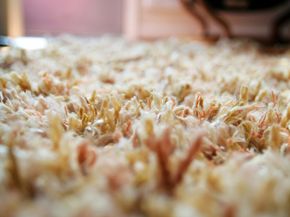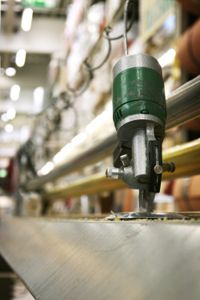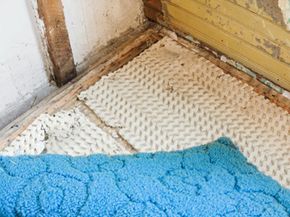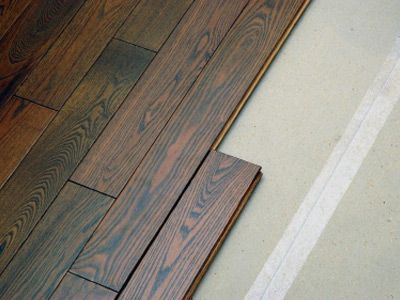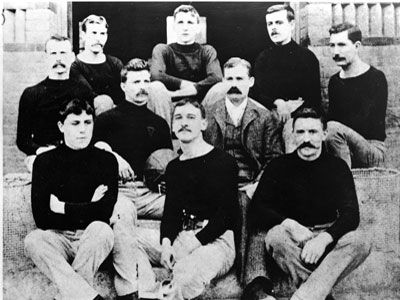Key Takeaways
- Carpet is typically made by looping yarn through a backing material, creating rows of loops known as "pile."
- The type of fiber used — such as nylon, polyester or wool — greatly affects the carpet's durability, softness and stain resistance.
- Manufacturing processes like tufting, weaving or knitting are employed to create various styles and textures of carpeting.
Have you ever wondered how carpet is made? To be sure, carpet isn't the sexiest topic of conversation you'll ever bring up at a party, but it's actually pretty interesting. Consider this cool little factoid: The carpet you currently have in your home may have been boiled in a vat of water at some point. It's one method of dyeing carpet during production.
Don't blame yourself if you don't know much about how carpet is made, even if you're standing or sitting on some right now. Something as pedestrian and prosaic as carpeting is easy to take for granted. We've been decorating our homes with carpet since nomadic Middle Eastern tribes laid it down in their huts 2,500 years ago. Today, more than a billion square feet (nearly 93 million square meters) of carpeting is produced in the United States each year; about 70 percent of that comes from a single town, Dalton, Ga. [source: Torpy, Seacrest]. Carpet may be somewhat easy to overlook, but if you get down close to the stuff, you'll find not all carpet is alike.
Advertisement
You can learn quite a bit about carpet just by running your fingers over it. You'll find out whether the pile -- the exposed top part of carpet we usually refer to as "carpet" -- is composed of individual strands (cut pile) or closed loops (tufted). You'll also be able to determine the density, or face weight, of the pile. You may also find that what you thought was a monochromatic carpet is actually the result of an optical illusion where several different dyes combine to create what looks like one color.
How is carpet created? What happens during its creation? Let's find out on the next page.
Advertisement
